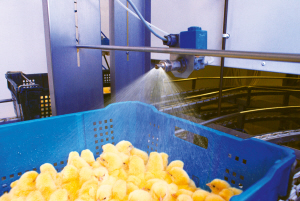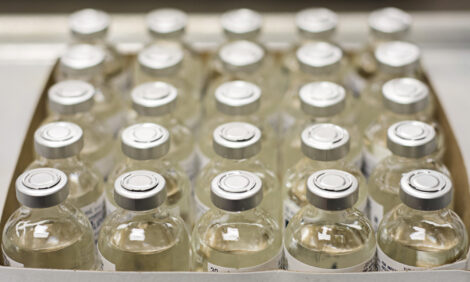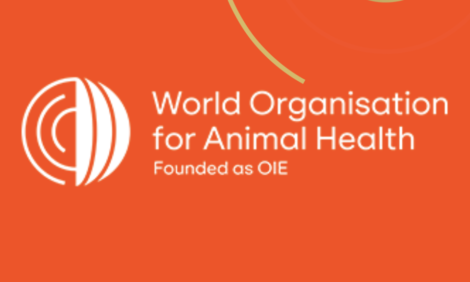



Making an E.coli Vaccine ‘a UK Success Story’
UK - The work on developing a new type of vaccine against pathogenic E. coli in poultry — a major success story for UK government research — began 16 years ago at the Government’s Animal Health and Veterinary Laboratories Agency, the former Central Veterinary Laboratory, at Weybridge, Surrey.The laboratory has a world class reputation for research on E. coli established and built upon since the 1960s. Then in 1996 an eight-strong, multi-disciplinary team led by Professor Martin Woodward, then its head of molecular genetics, began working on a project funded by Fort Dodge to develop a modified strain of Avian Pathogenic E. coli (APEC) that might be used as a vaccine.
At that time, there were autogenous vaccines developed to tackle specific outbreaks of E. coli in emergency situations, but there was no solution to the overall problem with the disease endemic in the poultry industry globally.

The challenge was to convert a virulent organism into a safe vaccine that protects against clinical disease. Comparing the genetics of non-pathogenic E. coli and APEC identified many virulence factors — but no single trait or group of traits define the APEC pathotype. That said, the virulence factors collectively enable the bacteria to multiply in the host, invade host cells, traverse the gut barrier, survive in the blood and cause both localised and systemic disease.
In bacteria the virulence genes are found not only on the chromosome, but also plasmids within the cell. Plasmid DNA, replicating within a cell independently of chromosomal DNA, provides ‘accessory’ genetic information which in the case of APEC encodes virulence traits.
A process known as conjugation allows plasmids to transfer from one bacterium to another. In this way a bacterium that has been unable to cause disease can now become virulent.
One method for making a live vaccine strain is to ‘attenuate’ it: that means making the strain weakened, so that it cannot survive in the host to cause disease, but persist long enough to induce a suitable immune response. One way of attenuating a strain is to deliberately mutate a gene that is central to its survival in the host and the target gene in the work described here was the aroA gene.
An E. coli strain (defined as an O78:K80 type by classical typing) was isolated from a severe case of colibacillosis. It was cultured in the laboratory and shown to produce the essential immunogens such cell wall structure and flagella. Interestingly this isolate possessed very few of the virulence traits typical of many Avian Pathogenic E. coli.
The aroA gene was modified by deleting a section of the gene’s encoding DNA and then ingeniously inserting through natural recombination a novel sequence which provided a marker region or ‘bar code’ for tracing the presence of the modified gene. The deletion blocked key aromatic amino acid metabolic pathways within the bacterium.
The deletion restricts in vivo replication, but allows macrophages to easily process and clear the vaccine. If excreted in the faeces, the vaccinal organism can only survive in the environment for a limited period, and thus spread to in-contact birds is limited. With very few virulence genes and with the attenuating aroA mutation, this is a very safe vaccine. In studies, this vaccine was shown not only to protect against O78 APEC, types but other prevalent types also such as O2 and O1 types.
Professor Martin Woodward, who worked for 25 years at the Government’s veterinary laboratories at Weybridge, is now chair of gut microbiome studies at the University of Reading. His senior colleague in the research, Professor Roberto La Ragione, who undertook the work as part of his post-doctoral studies, is now Professor of Veterinary Pathology and Microbiology and also Associate Dean (Veterinary Strategy) at the University of Surrey.
Further ReadingGo to our previous news item on this story by clicking here.You can find out more about colibacillosis in poultry by clicking here. |










